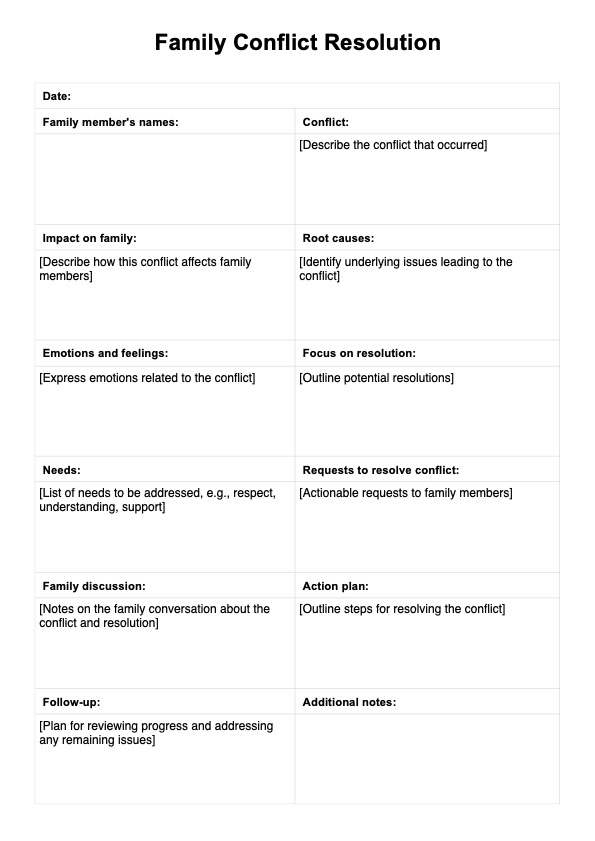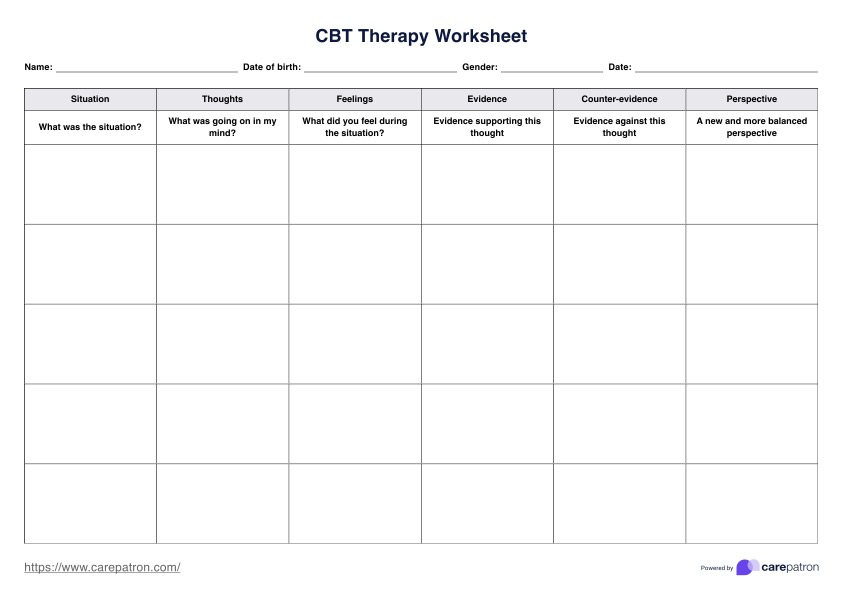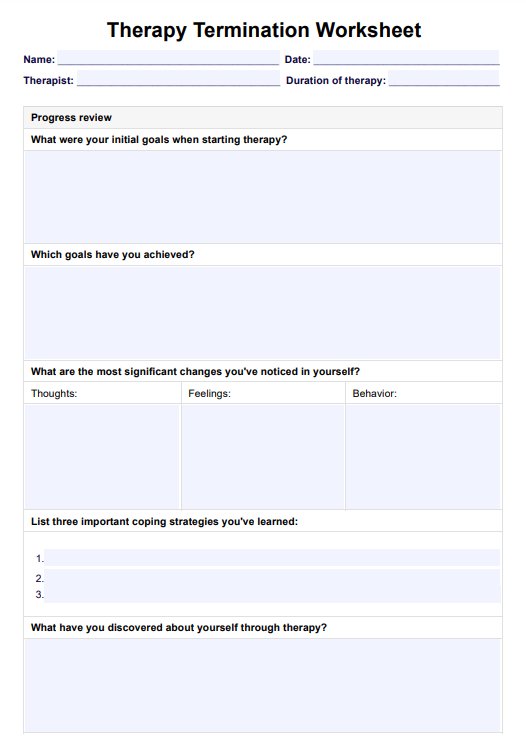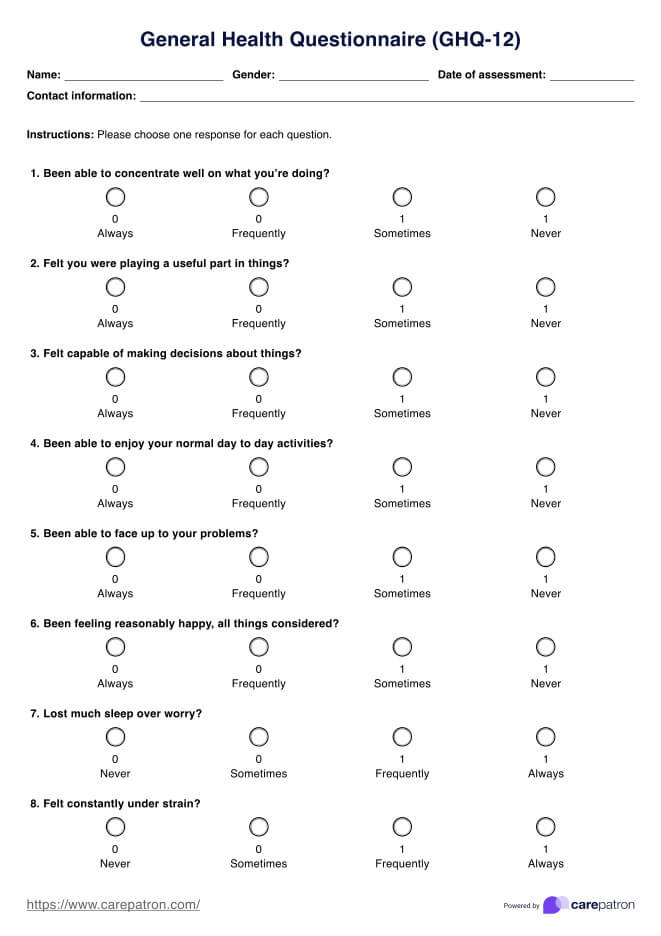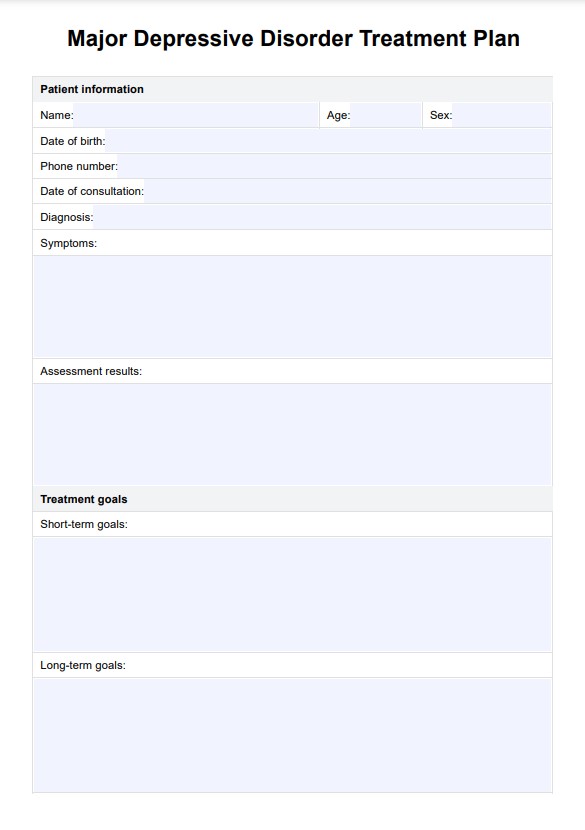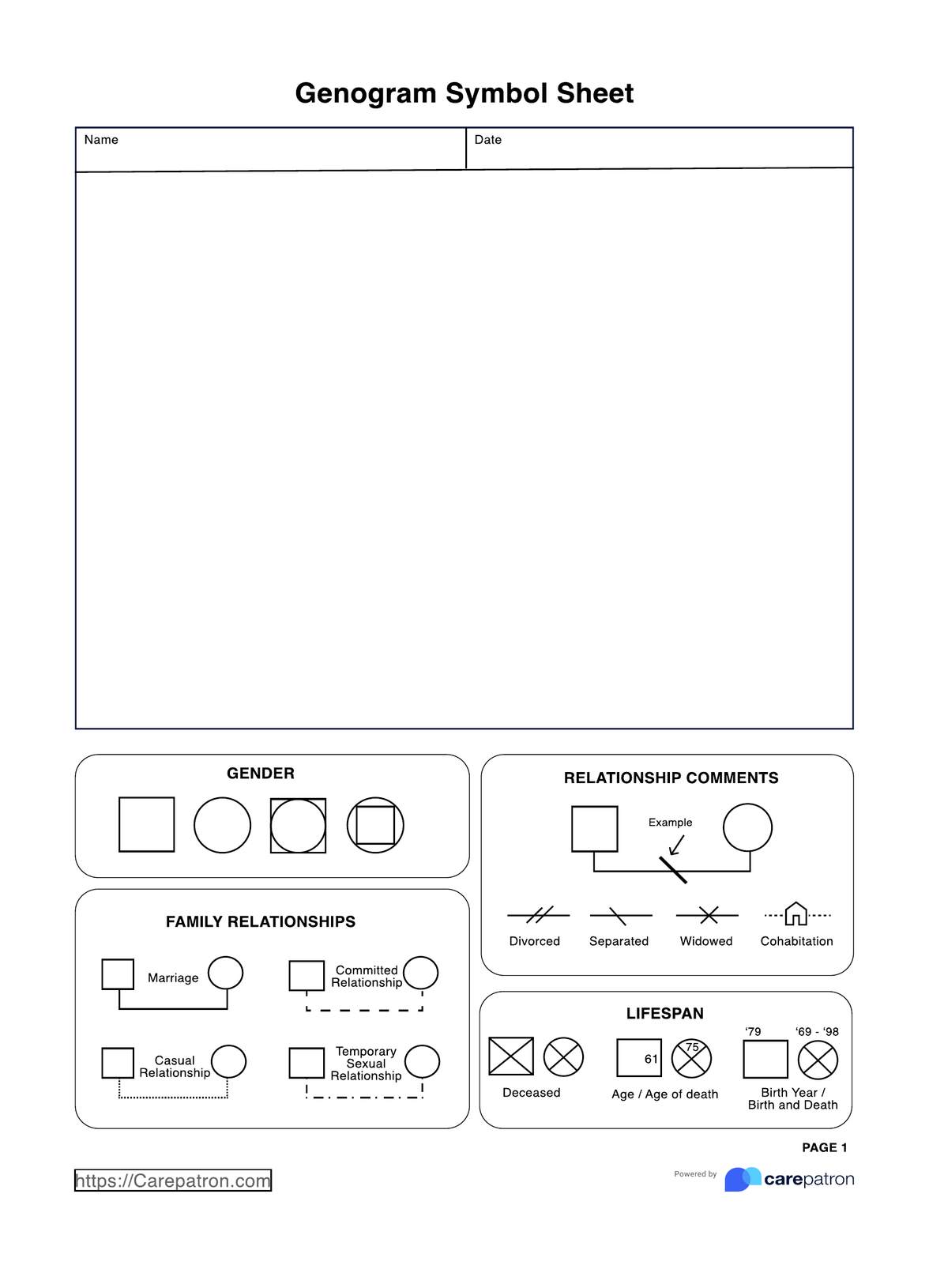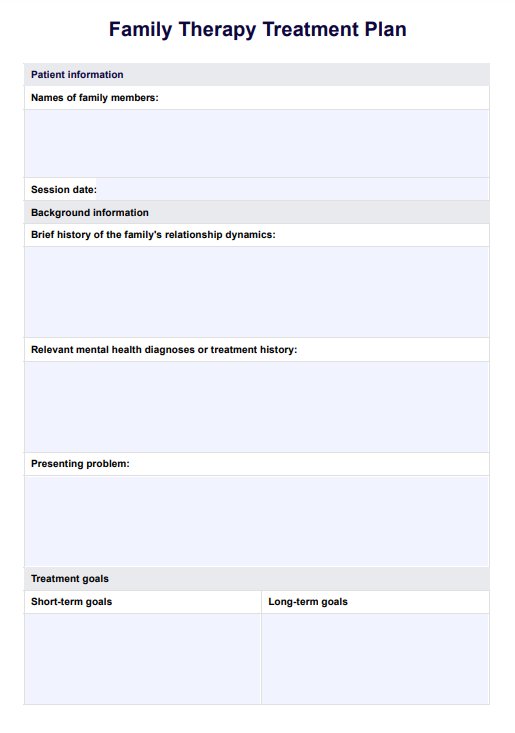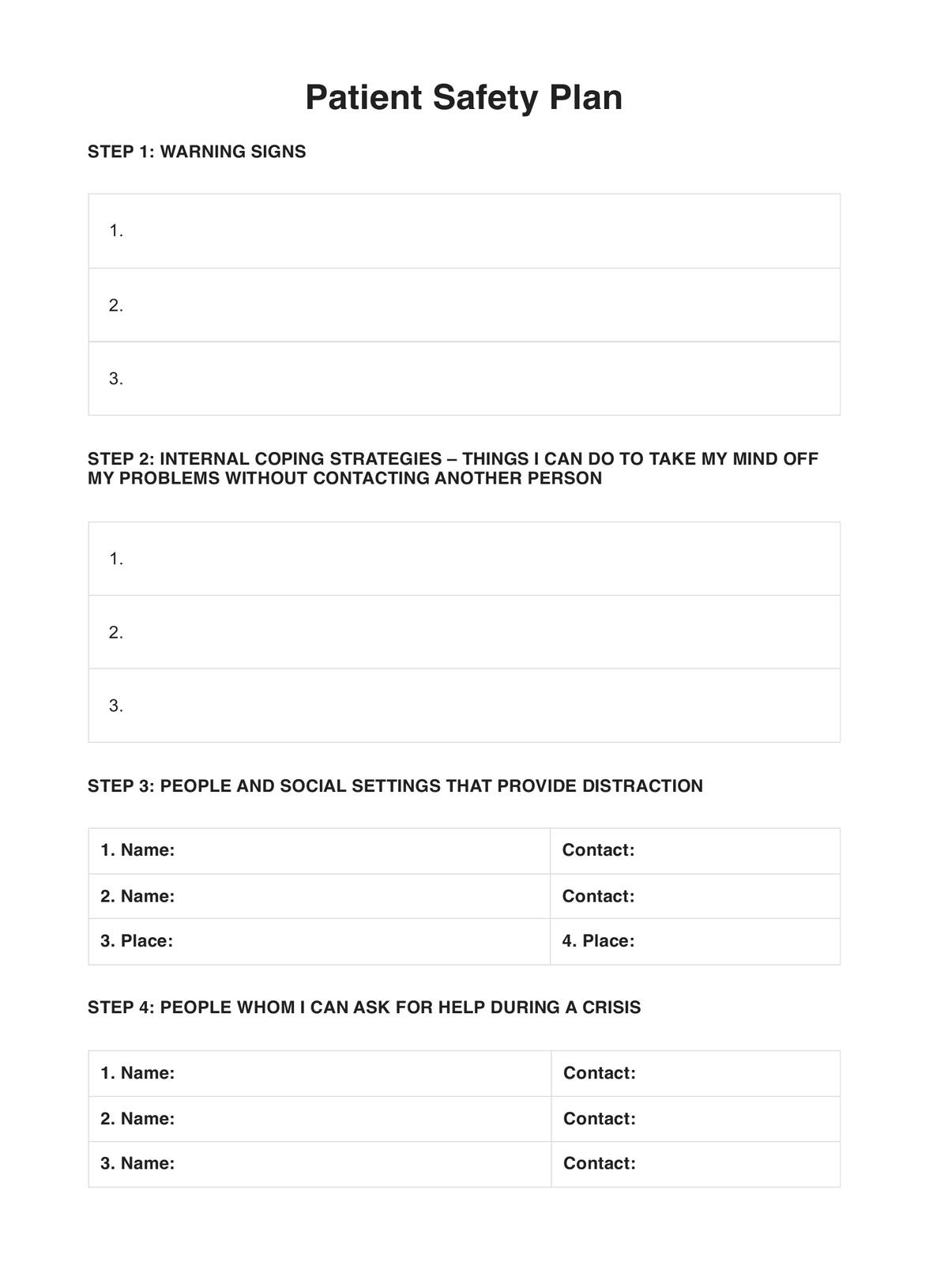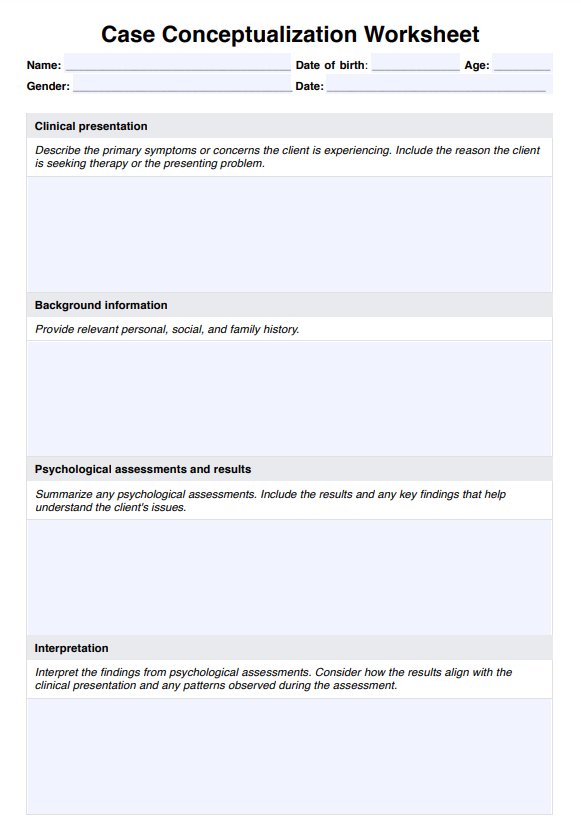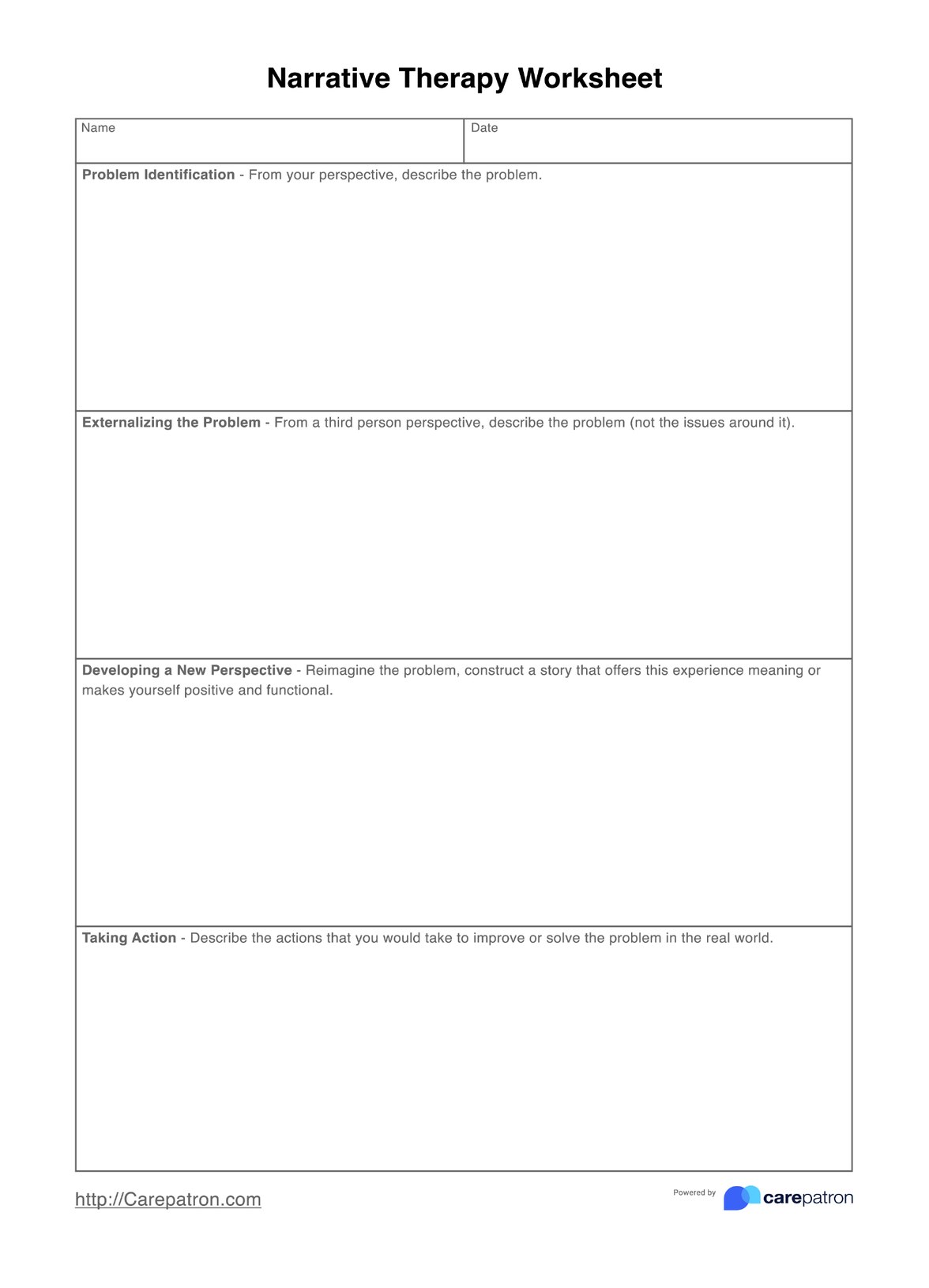Hair Follicle Drug
Discover the accuracy of the Hair Follicle Drug Test for detecting drug use—a reliable, effective testing method for long-term drug usage.


What is a Hair Follicle Drug Test?
Using hair samples to identify particular substances in a person's system, a hair follicle drug test is a very sophisticated type of drug testing. A tiny amount of hair must be collected for this testing procedure, often utilizing scissors to remove hair from the top of the head. A hair follicle drug test aims to find and quantify the amount of drug metabolites trapped in the hair shaft.
The ability to offer a thorough history of drug usage for up to 90 days before the test is one of this test's most distinctive qualities. This makes it a trustworthy tool for employers, governmental agencies, and medical specialists who need to comprehend a person's prior drug use history over time.
The hair follicle drug test stands out for its high accuracy and difficulty to manipulate. Unlike urine or saliva tests that can be cheated or tampered with, the hair follicle drug test provides a more extensive and long-term record of drug use. It's virtually impossible to falsify the results, making it a preferred choice for many organizations.
In addition to its robustness, the hair follicle test is non-invasive and discreet. The collected hair samples can be tested in a lab, and results are typically available within a few days.
Hair Follicle Drug Template
Hair Follicle Drug Example
How does it work?
Modern scientific methods are used in a complex procedure called a hair follicle drug test to find drug metabolites in hair samples. It is a thorough technique favored for giving a wide-ranging insight into a person's history of drug usage. Here are the stages that make up this process:
Step 1: Collection of the Hair Sample
A hair sample is the first step in a hair follicle drug test. The crown of your head will have a little section of hair, normally about 100 strands, softly clipped out by a doctor or other qualified practitioner. The obtained hair must be around 1.5 inches long since that length corresponds to the detection period of the test and roughly three months of growth. This sample collection procedure is quick, painless, and non-invasive.
Step 2: Preparation of the Sample
Once the hair sample is collected, it undergoes a thorough preparation process. This includes washing the sample to remove any external contaminants that might interfere with the results. It's crucial to ensure that the detected drug metabolites originated inside the body, not from external sources.
Step 3: Testing of the Sample
After preparing the sample, it's then processed in a laboratory. The sample is placed in a special solution designed to break down the hair structure and release any drug metabolites present. This process ensures that even minute quantities of drug metabolites are extracted for analysis, enhancing the sensitivity and accuracy of the test.
Step 4: Analysis of the Sample
The final step in the hair follicle drug test process is sample analysis. The solution containing the released drug metabolites is analyzed using a highly sensitive technique called mass spectrometry. This advanced technology can identify and measure trace amounts of drug metabolites, providing a detailed report of the detected substances.
The hair follicle drug test is a laborious procedure that provides a trustworthy and thorough assessment of a person's drug usage history. It is a helpful tool in various circumstances, from pre-employment screening to upholding a drug-free work environment due to its capacity to give a long-term record of drug usage. Please visit our resources page for a printable Hair Follicle Drug Test.
For more effective client management, utilize our drug test template.
When Would you use this test?
The hair follicle drug test is an invaluable tool used in various scenarios due to its unique advantages, such as its extended detection window and its resistance to tampering. Here are some instances where this test is particularly applicable:
- Pre-Employment Screening: One of the hair follicle drug test's most popular applications is pre-employment screening. Employers frequently use this test to verify that potential workers are not abusing illegal substances. Given its extensive detection window, this test can offer a more thorough picture of a person's drug usage history than urine or saliva tests would be able to.
- Random Drug Testing at Workplaces: Businesses committed to maintaining a drug-free environment often utilize hair follicle drug testing for random checks. The test's ability to detect drug use over the past few months makes it an effective deterrent against substance abuse among employees.
- Post-Accident Investigations: In certain industries, particularly those involving heavy machinery or high-risk activities, hair follicle drug testing can be used following an accident. This allows employers to determine if drug use may have been a contributing factor, providing valuable information during incident investigations.
- Legal and Forensic Settings: The hair follicle drug test is widely used in legal proceedings and forensic investigations. In child custody cases, for instance, the court may require a parent to undergo this test to ascertain their fitness as a caregiver. Similarly, chronic or historical drug use evidence can be crucial in criminal cases.
- Rehabilitation Monitoring: In drug rehabilitation programs, the hair follicle drug test can be employed to monitor progress and verify abstinence from drugs over time. The long detection window of this test can help therapists and counselors understand the full extent of a patient's drug use, enabling them to tailor treatment plans more effectively.
The hair follicle drug test is a versatile resource used by many practitioners, from employers to legal professionals and healthcare providers. Its ability to provide a detailed and long-term record of drug use makes it a preferred choice in many scenarios where understanding an individual's substance use history is essential.
What do the Results Mean?
Interpreting the results of a hair follicle drug test can provide pivotal insights into an individual's drug use history. The results are typically categorized as 'positive' or 'negative,' each indicating different implications.
Positive Result: A positive result on a hair follicle drug test implies that the person has used the detected drug within the past three months. The test analyzes about 1.5 inches of hair, representing approximately 90 days of growth. However, a positive result does not specify the frequency or quantity of drug use. It simply confirms the presence of the drug metabolites in the hair sample above a specified cut-off level.
Negative Outcome: This indicates that the subject did not use the substance discovered during the test's detection window, which is often up to 90 days. This might indicate that the subject has either ceased taking the substance or has yet to do so in more than three months before the test. A negative outcome may also happen if the hair sample's drug metabolite concentration falls below the cut-off level established by the testing facility.
Understanding these results is essential for various situations, including pre-employment screening, legal issues, monitoring recovery, and upholding a drug-free workplace environment. Visit our resources page if you'd like to get a free hair follicle drug test or would like to view an example of a hair follicle drug test.
Research & Evidence
The reliability and effectiveness of hair follicle drug testing in detecting long-term drug use have been well-documented over the years. Unlike other forms of drug testing, such as urine or saliva tests, which provide a shorter detection window, hair follicle testing can detect drug use over approximately 90 days (Moosmann, Roth, & Auwärter, 2015).
Hair follicle drug testing operates on the principle that drugs, once consumed, enter the bloodstream and are incorporated into the growing hair follicle (Kintz, 2012). These drug metabolites are then trapped in the hair's core as it forms in the hair follicle (Wang, Cone, & Yousefnejad, 2017). This makes hair follicle testing a robust method for chronic drug use detection.
The Society of Hair Testing has even established guidelines for drug testing in hair, highlighting the importance of pulling a hair sample with roots for accurate analysis (Kintz, 2012). This reflects the scientific community's confidence in the test's reliability.
Moreover, research comparing different testing methods has indicated that hair follicle drug testing is reliable, reproducible, and economical (Pragst & Balikova, 2006). A study published in "Forensic Science International" also emphasized the demand for accurate quantitative analysis, including hair analysis in drug tests (Boumba, Ziavrou, & Vougiouklakis, 2021).
Despite its proven reliability, some challenges are associated with hair follicle testing. For instance, drug concentrations in hair may decrease from the root to the tip (Kintz, 2012), and certain external factors such as hair color, age, and metabolic rate could influence the test results (Cone, 1996). However, advancements in technology and continual research are helping to address these issues and improve the accuracy of hair follicle drug testing.
Research and evidence supporting hair follicle drug testing underscores its utility and reliability in detecting long-term drug use. It continues to be a valuable tool in various settings, from pre-employment screening to forensic investigations.
References
- Boumba, V. A., Ziavrou, K. S., & Vougiouklakis, T. (2021). Forensic Science International. https://www.sciencedirect.com/science/article/pii/S2468170923000681
- Cone, E. J. (1996). Cleveland State Law Review. https://heinonline.org/hol-cgi-bin/get_pdf.cgi?handle=hein.journals/clevslr45§ion=25
- Kintz, P. (2012). Drug Testing in Hair. https://www.sciencedirect.com/science/article/pii/S0379073811004993
- Moosmann, B., Roth, N., & Auwärter, V. (2015). Journal of Analytical Toxicology. https://www.sciencedirect.com/science/article/pii/037907389401625F
- Pragst, F., & Balikova, M. A. (2006). Handbook of Analytical Separations. https://link.springer.com/chapter/10.1007/978-0-387-71433-2_1
- Wang, X., Cone, E. J., & Yousefnejad, D. (2017). Clinical Toxicology. https://www.tandfonline.com/doi/abs/10.1080/15563650.2017.1379603
Commonly asked questions
Employers, legal authorities, and healthcare professionals typically request hair follicle drug tests.
They are used for pre-employment screening, random drug testing, and legal or forensic settings.
A small hair sample is cut from the head, processed, and analyzed for signs of drug use.
The test can take minutes to an hour, depending on the specific procedure used. However, the results typically take 24 to 72 hours to return from the lab.

.jpg)
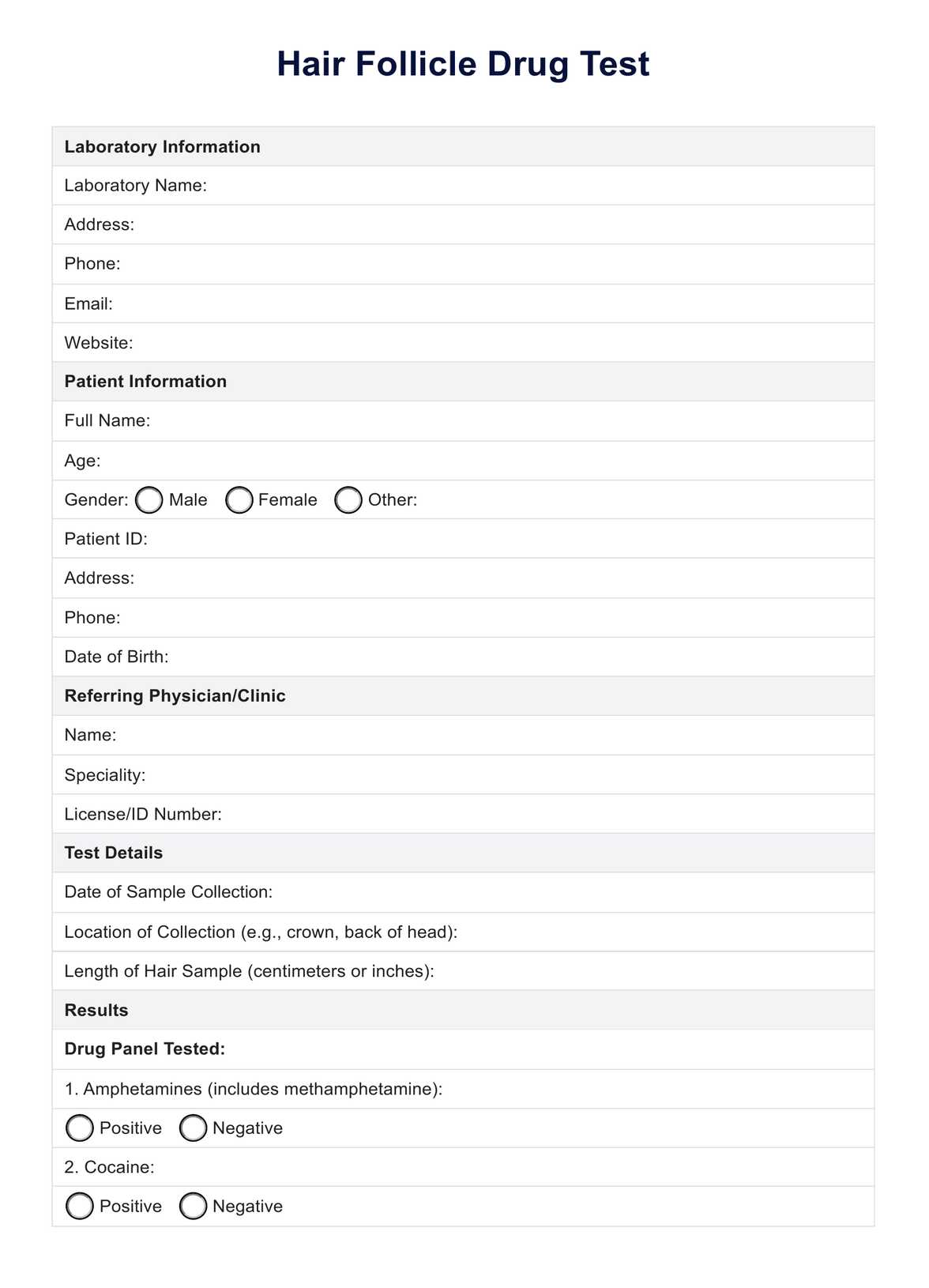
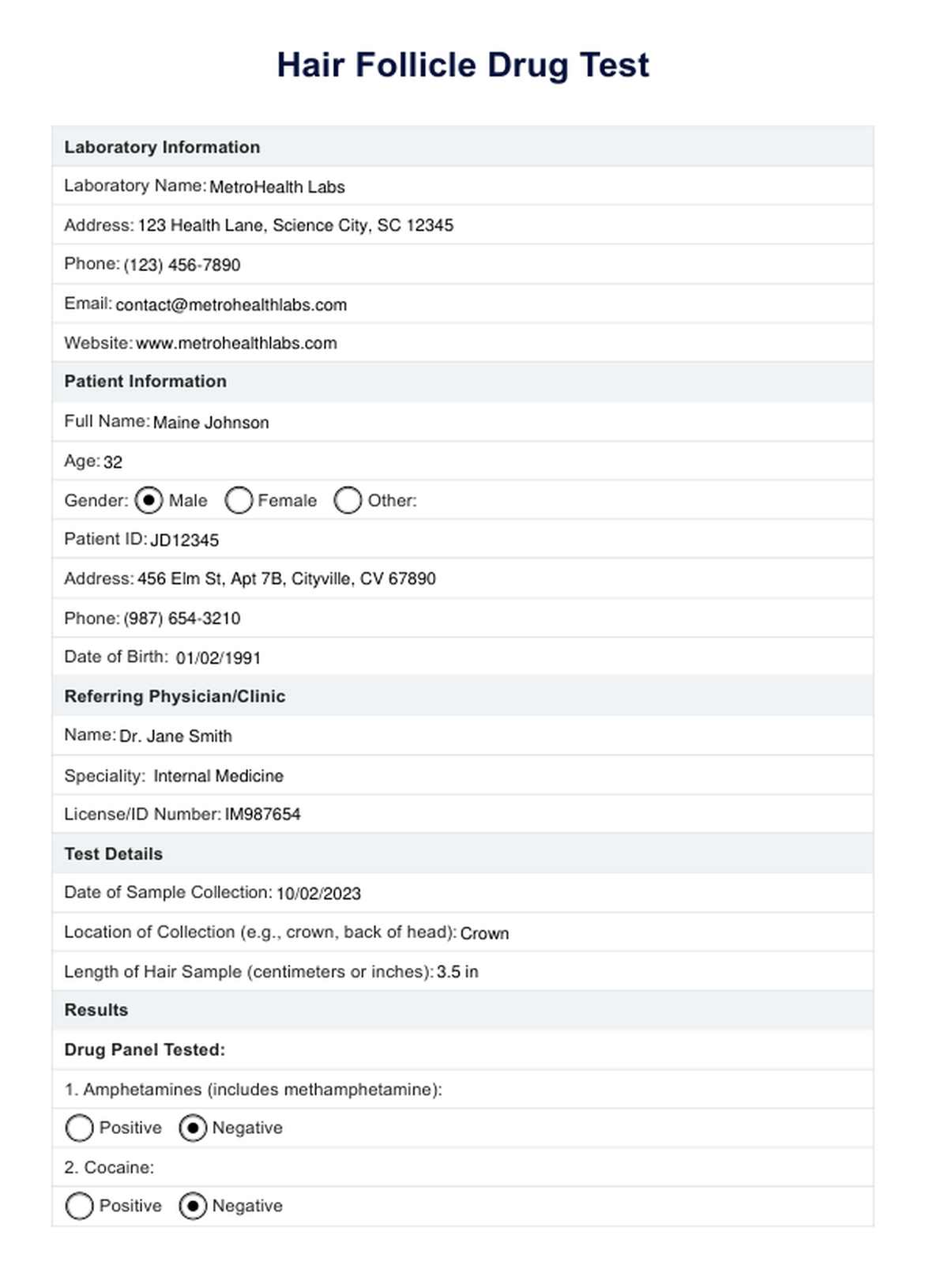














-template.jpg)
















































































